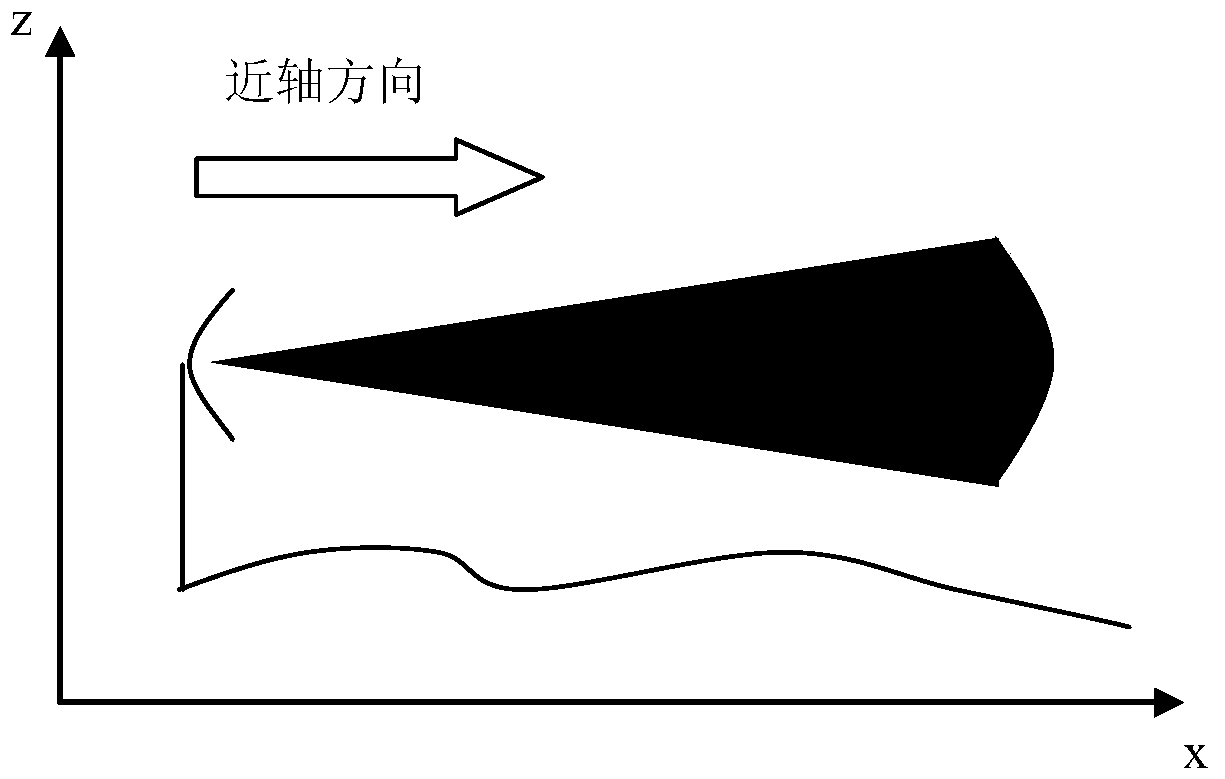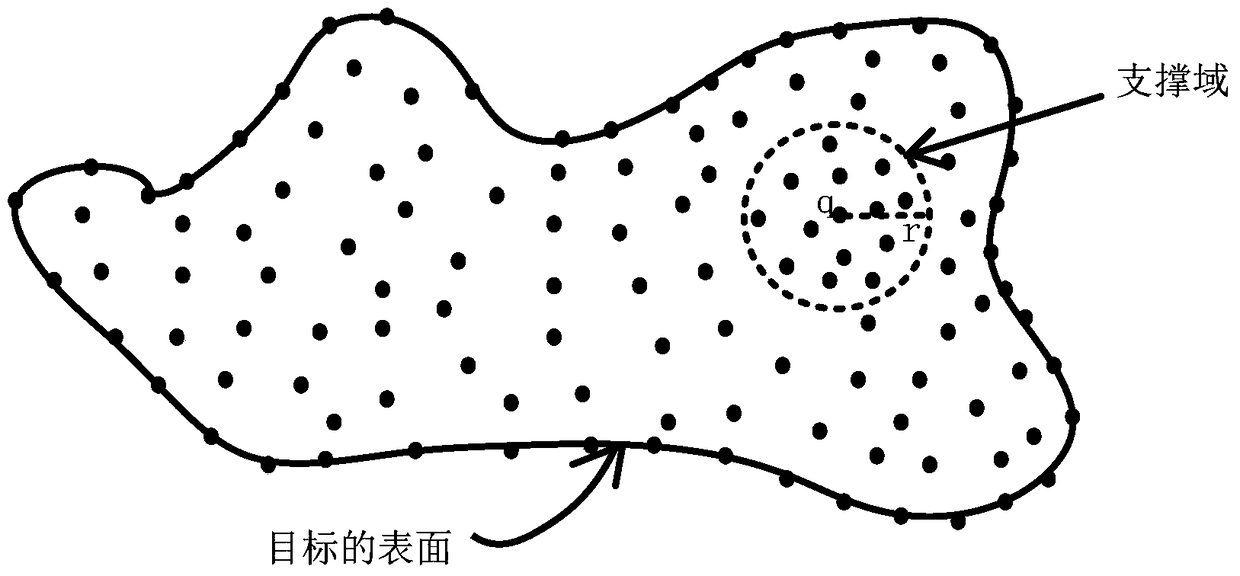Fast Simulation Method of Electromagnetic Scattering Characteristics of Sea Skimming Vehicle
A technology of electromagnetic scattering characteristics and simulation methods, which is applied in the fields of instruments, electrical digital data processing, special data processing applications, etc. It can solve the problems of discrete unknowns in the propagation space and cannot handle the scattering of electrically large and complex targets well, and achieve matrix formation. Quick and easy, get the effect quickly, and build the model easily
- Summary
- Abstract
- Description
- Claims
- Application Information
AI Technical Summary
Problems solved by technology
Method used
Image
Examples
Embodiment 1
[0110] In this embodiment, a typical simulation of electromagnetic scattering with dielectric loss is carried out. The simulation is implemented on a personal computer with a main frequency of 2.83GHz and a memory of 3.5GB. Taking a cylindrical aircraft with a radius of 2.5m and a height of 4m as an example, as Image 6 As shown, the frequency of the incident wave is 300MHz, and the direction of the incident wave is θ=0°, , the half-space permittivity is (2.3, -0.6), and the target is 0.2 wavelengths away from the sea level. In order to verify the correctness of the method of the present invention, the commercial software FEKO simulation results are used as a reference. Figure 7 The RCS curves simulated for two kinds of electromagnetic scattering characteristics. It can be seen from the curves in the figure that the method in this paper is consistent with the correct numerical results, and has obvious advantages in time. This method only takes about 10 minutes, while FEKO Th...
PUM
 Login to View More
Login to View More Abstract
Description
Claims
Application Information
 Login to View More
Login to View More - R&D
- Intellectual Property
- Life Sciences
- Materials
- Tech Scout
- Unparalleled Data Quality
- Higher Quality Content
- 60% Fewer Hallucinations
Browse by: Latest US Patents, China's latest patents, Technical Efficacy Thesaurus, Application Domain, Technology Topic, Popular Technical Reports.
© 2025 PatSnap. All rights reserved.Legal|Privacy policy|Modern Slavery Act Transparency Statement|Sitemap|About US| Contact US: help@patsnap.com



